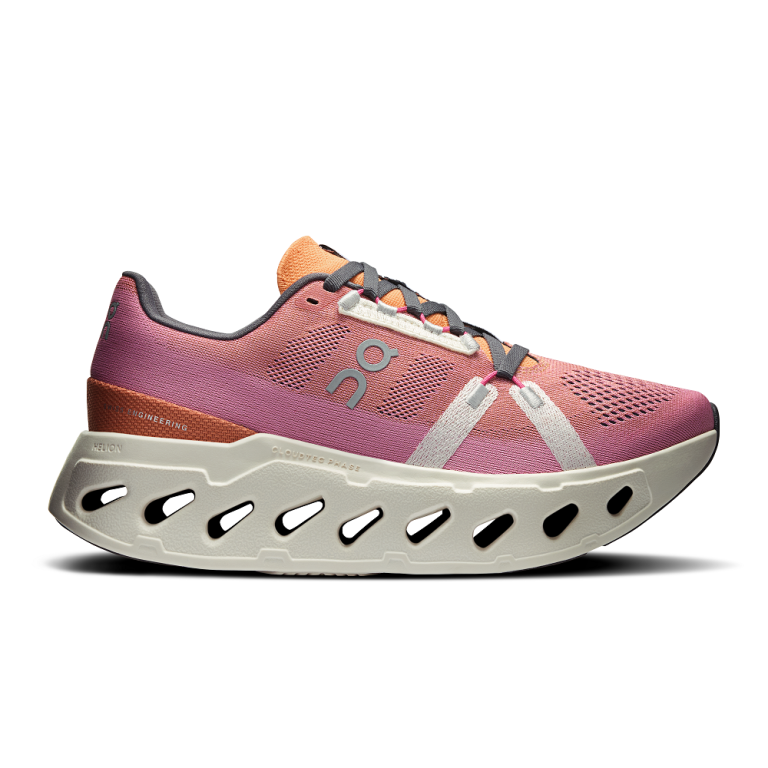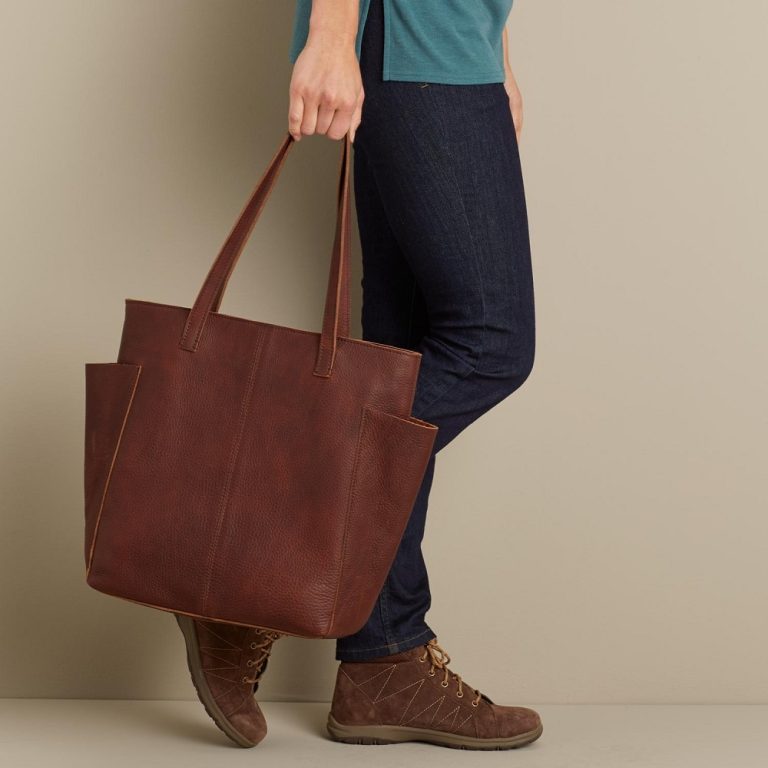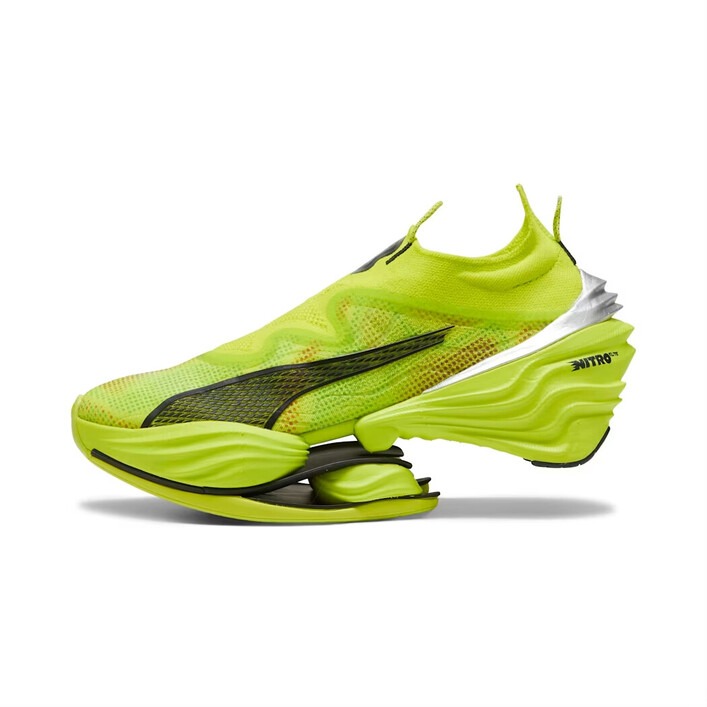
Banned Running Shoes: The Factors Leading to Their Prohibition
Introduction to Controversial Running Shoes
Modern banned running shoes have transformed performance for athletes worldwide. However, some models have sparked debates. Advanced technologies used in certain designs have raised questions about fairness and rules. These controversial shoes have led to bans in professional competitions. Let’s explore the advancements and reasons behind these bans.
The Rise of Technological Advancements in Running Shoes
Running shoe technology has evolved significantly over recent years. Manufacturers now use innovative materials to improve speed and comfort. Features like carbon plates and advanced foams boost energy return and efficiency. Athletes benefit from shoes that make running less taxing and improve results. However, these technologies have faced criticism for giving unfair advantages.
Key Reasons Behind Banning Specific Models
Regulatory bodies banned certain models due to their performance-enhancing features. Some shoes break the rules set for fair competition. For example, the thickness of midsoles or multiple layers of carbon plates often exceed limits. These designs blur the line between skill and equipment advantage. To ensure fairness, these models are excluded from professional races.
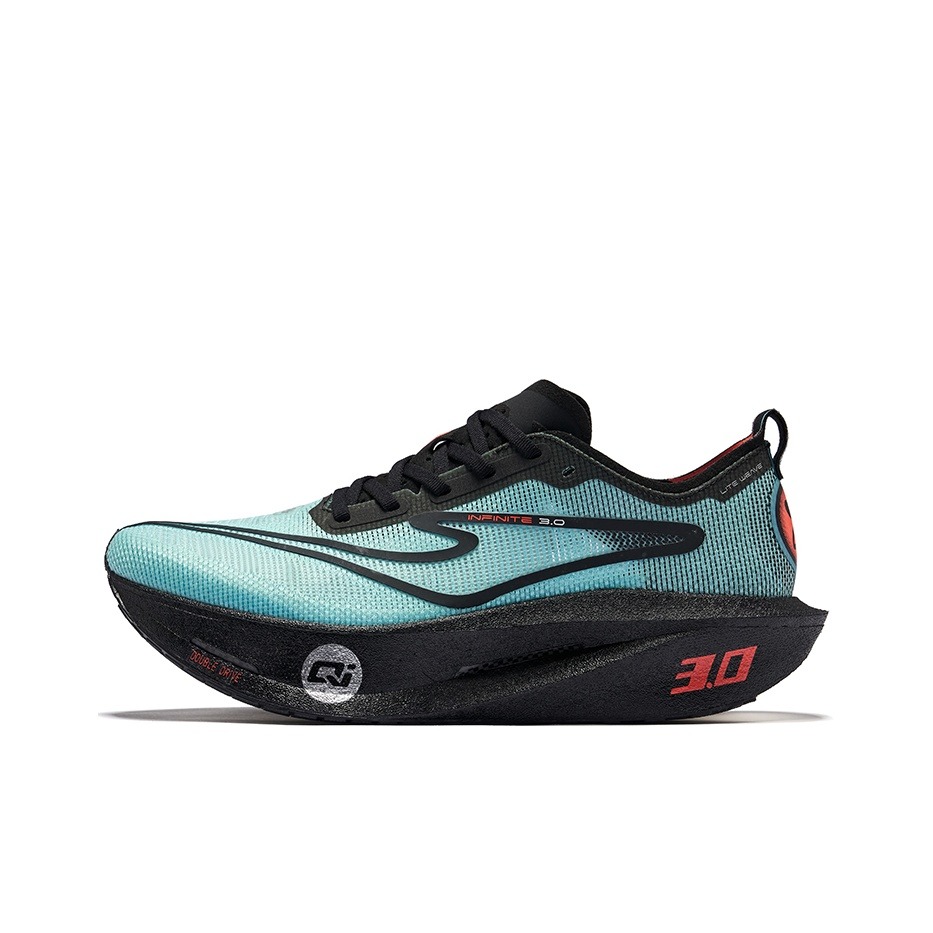
Performance-Enhancing Features in Question
Modern running shoes incorporate features that significantly enhance performance. These improvements push technological boundaries, raising concerns about fairness. Two key advancements, carbon plate technology and advanced foam cushioning, dominate debates surrounding banned running shoes.
The Role of Carbon Plate Technology
Carbon plates revolutionize running shoe design by improving speed and efficiency. Embedded within the midsole, these plates store and release energy, propelling runners forward. This technology reduces fatigue and enhances stride efficiency. However, carbon plates have sparked concerns about fairness. Critics argue they offer an unfair advantage by substituting skill with equipment benefits. Regulatory limits, such as restrictions on the number of plates and placement, address these concerns. These rules aim to ensure a level playing field in races.
Advanced Foam and Cushioning Technologies
Modern foams make running shoes lighter, softer, and more responsive. Brands utilize advanced materials like proprietary foams to maximize energy return. High stack heights and multi-layered cushioning reduce impact and improve comfort for athletes. While beneficial, these innovations sometimes exceed allowed specifications. Excess thickness alters natural running mechanics, leading to potential bans. Regulatory bodies define strict limits to prevent unfair advantages from foam technologies. This ensures competition remains about skill rather than gear superiority.

Regulatory Bodies and Their Rules
Running shoe regulations ensure fair play and equal opportunities in competitions. Regulatory bodies like World Athletics set strict rules. These rules maintain competitive balance and prevent excessive equipment advantages. Many of these guidelines focus on shoe design and technology.
Overview of World Athletics Guidelines
World Athletics governs international track and field competitions. It sets clear regulations for running shoes. The key goals are fairness and preserving athletic integrity. Their rules limit shoe features that greatly enhance performance.
One key guideline involves the sole’s thickness. The maximum allowable stack height is 40mm for most events. Another rule restricts the number of carbon plates to one per shoe. This prevents excessive mechanical advantages. World Athletics also requires all shoes to be publicly available before being used in competition. This ensures no runner has exclusive access to a performance-boosting design.
These guidelines apply to professional races globally. Any model breaking these rules faces a ban in official competitions. This strict oversight works as a safeguard for fair competition.
Specific Criteria for Legal Running Shoes
To remain legal, running shoes must meet specific design criteria. Shoe thickness, material usage, and technology are closely regulated. Key rules include:
- Maximum Sole Thickness: The stack height must not exceed 40mm for most events.
- Carbon Plate Limitation: Shoes can only contain one rigid plate, limiting propulsion advantages.
- Commercial Availability: All racing shoes must be available to the public for at least four months.
- Prohibited Materials: Uncommon or unapproved materials cannot be used to gain a competitive edge.
These rules aim to keep the focus on athletes’ skills. They prevent technology from overshadowing talent. Athletes and brands must comply with these criteria for fair participation. Regulatory bodies enforce these standards strictly, ensuring fair competition for all runners.
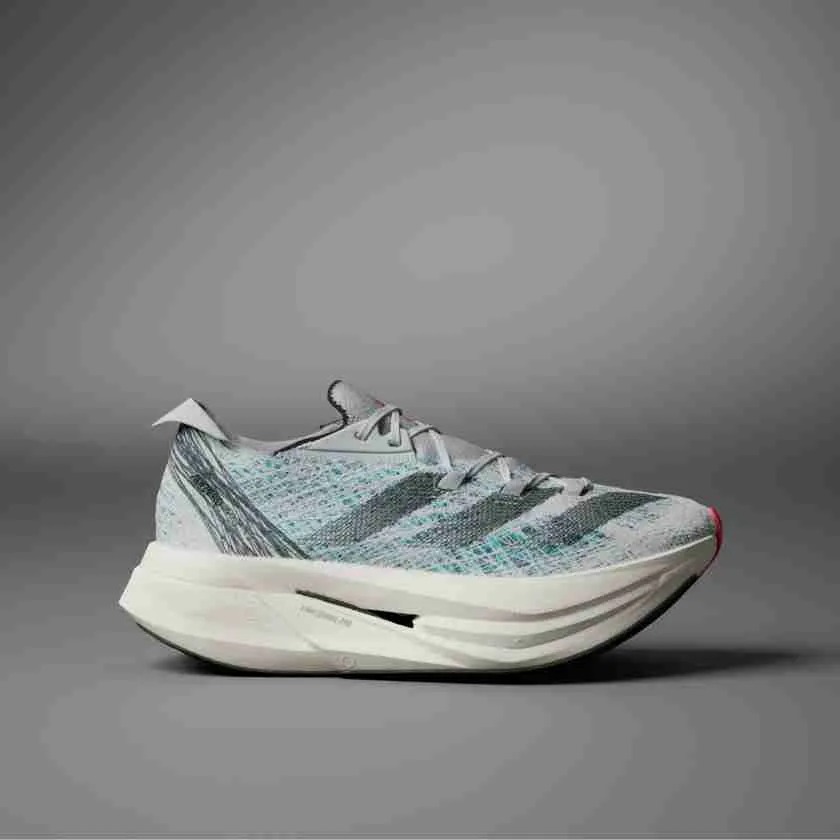
Historic Instances of Banned Running Shoes
The history of banned running shoes is filled with controversies and heated debates. Certain incidents in professional racing have spotlighted the impact of advanced footwear technology. These instances provide valuable insights into why regulations are essential for maintaining a fair playing field.
High-profile Cases and Controversies
Several top-tier running shoe models have faced bans over the years. One of the most notable cases involved Nike’s Vaporfly series. The Vaporfly features cutting-edge technologies like carbon plates and high-stack foam, which significantly boost energy return. Despite their success, some versions exceeded the regulated stack height, leading to concerns about competitive fairness.
Adidas also stirred controversy with their Prime X shoes. These models broke the stack height rule by surpassing 40mm. Their unprecedented cushioning and increased propulsion created a rift among athletes and regulators.
Another high-profile case was related to prototypes worn during elite races. Some models had advanced features unavailable to the public, violating commercial availability rules. This created unequal advantages, prompting stricter guidelines from World Athletics.
These controversies highlight the growing tension between innovation and compliance. They remind us that unchecked advancements can disrupt fairness in competitive sports.
Effects on Athletes and Sponsors
The banning of running shoes has direct consequences for athletes and sponsors. Athletes relying on a specific model face sudden challenges. They may need to adjust to new shoes just before important races. This impacts both performance and confidence.
For sponsors, banned shoes mean significant financial losses. They invest heavily in research, marketing, and athlete endorsements. A shoe ban can tarnish a brand’s reputation and hinder product sales. Brands may also face criticism for prioritizing technological dominance over fair play.
These effects ripple through the industry. They encourage manufacturers to balance innovation with compliance. At the same time, athletes and sponsors must navigate stricter rules while pushing competitive limits responsibly.
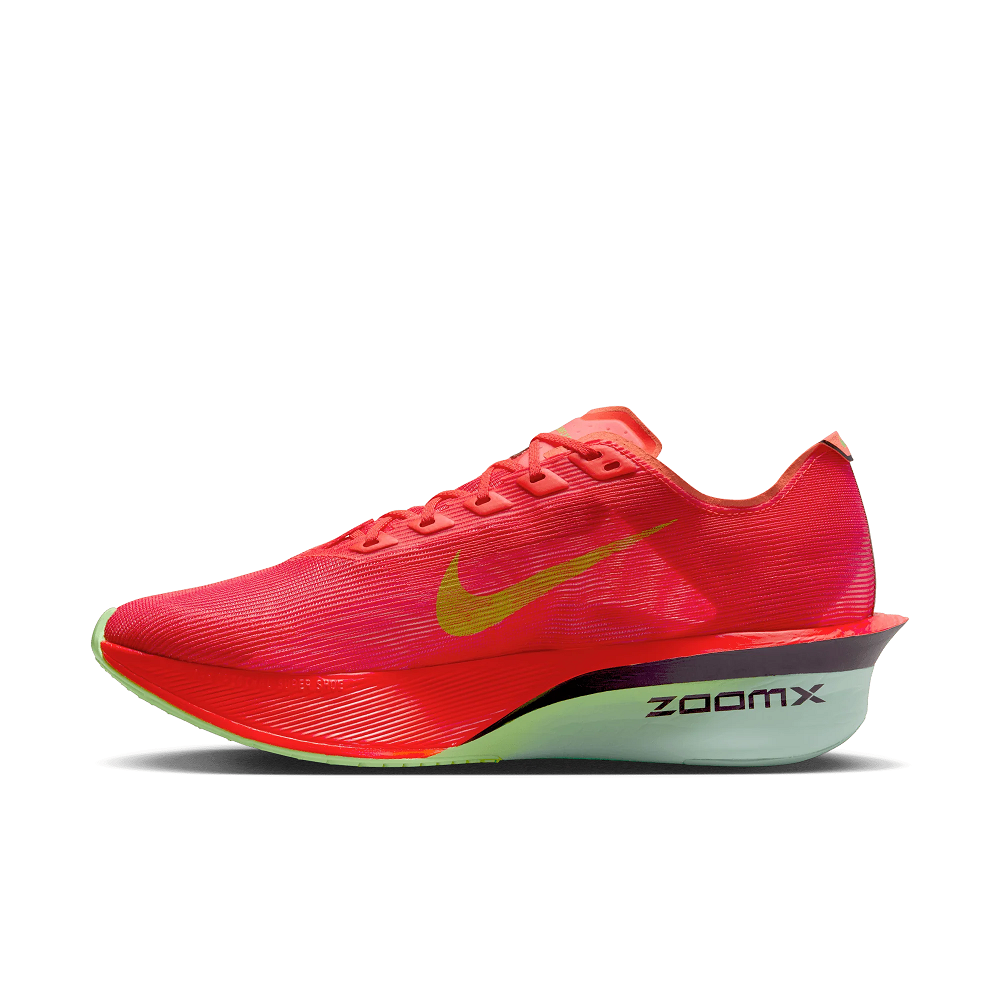
Ethical Considerations in Running Shoe Design
Running shoe design plays a big role in shaping competitive sports. Ethical challenges emerge when innovation conflicts with fairness in races. Striking a balance between advanced technology and rules preserves the sport’s integrity.
Fairness in Competitive Sports
Fairness is a fundamental principle in sports. Banned running shoes often disrupt this balance. Advanced technologies like carbon plates and high-stack foam can provide unequal advantages. Competitors without access to these shoes face a disadvantage.
To promote fairness, regulatory bodies impose strict guidelines. These aim to ensure athletes compete based on skill, not gear. Rules like stack height limits and commercial availability maintain the competitive balance. Athletes and brands must comply with these standards for transparent competitions.
Ethics also demand equal access to technology. Professional runners should not gain exclusive rights to performance-enhancing shoes. Public availability of racing models ensures fairness for all competitors. Ethical design principles help prevent favoritism in competitions.
Balancing Innovation and Regulation
Innovation drives sports forward, but it must align with regulations. Designers must address ethical concerns while improving performance. Regulatory rules guide manufacturers toward creating fair and compliant products.
Banned running shoes occur when innovation crosses limits. For example, excessive cushioning or additional carbon plates lead to unfair advantages. Balancing progress with compliance helps preserve race integrity without stopping technology.
Ethical manufacturers focus on sustainable innovation. They prioritize fair designs that benefit athletes without breaching rules. This also encourages collaboration between brands and regulatory bodies. Together, they create solutions that uphold fairness while advancing shoe technology.
Brands must also consider public perception. Fair and ethical designs build trust among consumers and competitors. Regulatory compliance shows commitment to equal opportunities in sports. By balancing innovation and fairness, running shoe creators maintain the integrity of competitive racing.
Impact on Athletes and the Industry
Running shoe bans affect both athletes and the sports industry. They create challenges and spark adjustments among competitors and brands. Understanding these impacts reveals the importance of balancing fairness and technological advancements.
Response from Professional Runners
Professional runners face immediate challenges when their preferred shoes are banned. Switching to new models disrupts training routines. Runners must adapt quickly to new designs, affecting performance and confidence. For events close to the ban, preparation becomes difficult.
Banned running shoes also raise questions about fairness. Athletes without access to advanced shoes may feel disadvantaged. New regulations force runners to reconsider their strategies and gear choices. Some athletes openly criticize bans, calling for clearer guidelines.
Despite challenges, bans promote fair play. They encourage athletes to focus on skill rather than equipment. Runners rely more on adaptability, training, and perseverance to achieve success. These responses reflect the athletic community’s resolve to align with evolving standards.
Implications for Brands and Manufacturers
Brands experience significant setbacks when their running shoes face bans. Research and development costs for advanced designs can be wasted. Banned models hurt profits and damage a company’s reputation in the competitive market.
This impacts sponsorship and marketing strategies. Endorsed athletes may lose confidence in the brand. Consumers may hesitate to purchase products associated with regulatory violations. Brands must rebuild trust and pivot to compliant designs.
Manufacturers also face ethical scrutiny. Prioritizing technological dominance over fairness can harm their public image. By innovating within regulatory limits, brands may regain credibility. Collaboration with governing bodies can bridge gaps between innovation and fairness.
The bans serve as a wake-up call for the industry. Brands now focus on creating fair and effective products. Ethical designs ensure competition truly reflects athletes’ skills. Companies must balance innovation, compliance, and customer expectations to thrive in the evolving landscape.
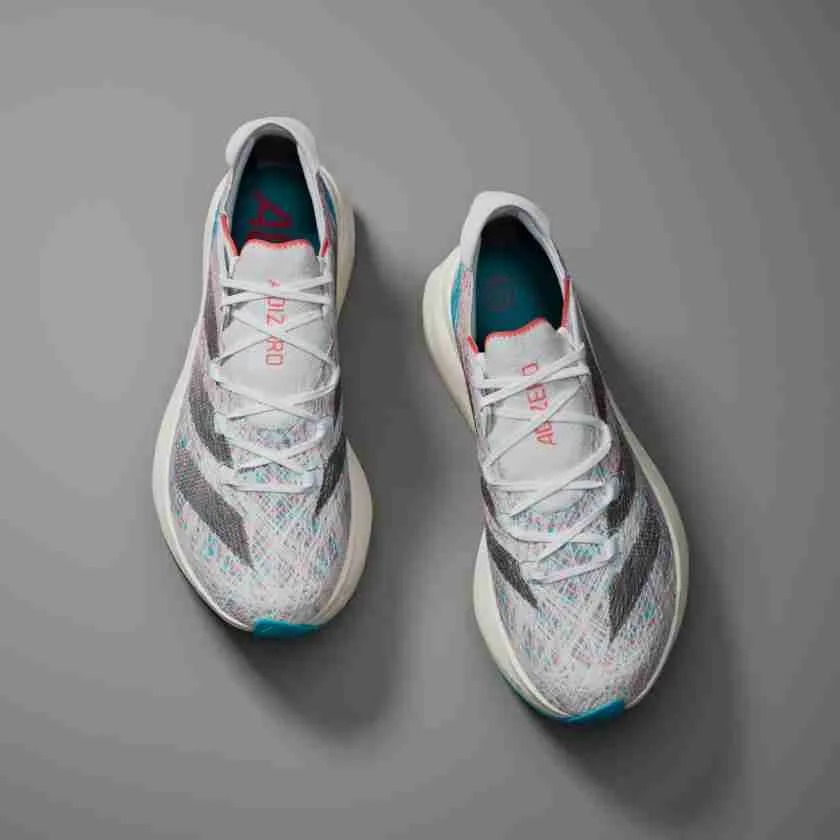
Alternatives to Banned Running Shoes
Running shoe bans have sparked the need for solutions. Athletes seek options that align with regulations. Brands continuously innovate to meet both rules and performance demands. This section explores suitable alternatives and future trends.
Recommended Models for Competitive Runners
Competitive runners need compliant shoes to achieve optimal results. Many brands deliver high-performing models.
- Nike ZoomX Vaporfly NEXT%: A legal choice with advanced foam cushioning. It offers excellent energy return and lightweight design.
- Adidas Adizero Adios Pro: Features a single carbon plate and ultra-light midsole. This shoe meets regulatory standards.
- Hoka Rocket X: Known for being lightweight and propulsive. It has minimal stack height for compliance.
- New Balance RC Elite: Designed for long-distance races with responsive midsoles. It balances comfort and speed within legal limits.
These models allow runners to focus on skill while meeting competition requirements. Athletes benefit from fair, performance-enhancing alternatives.
Future Trends in Running Shoe Innovation
The running shoe industry pivots toward sustainable and compliant designs. Here are key trends shaping the future:
- Eco-friendly Materials: Brands increasingly use recycled and biodegradable materials. This minimizes environmental impact while maintaining comfort.
- Optimized Energy Return: Advanced foam designs remain a focus. Manufacturers emphasize efficiency without exceeding limits.
- Refined Carbon Technologies: Future designs simplify carbon plates. Adjustments aim to offer propulsion while meeting rules.
- Biomechanics Integration: Shoes will adapt better to individual running mechanics. This enhances performance without regulatory violations.
These trends balance innovation with fairness. They foster designs that respect rules and benefit athletes universally. The future of running shoes holds promise for regulated advancements and sustainable progress.
Embrace Change and Innovation
Recognizing the Importance of Regulations
In conclusion, banned running shoes raise important questions about technology, fairness, and athlete safety in the realm of sports. Regulations serve to uphold the integrity of competitions, ensuring that all athletes can compete on equal ground. While some may feel constrained by these rules, they ultimately promote a fair sporting environment. Understanding the reasons for these regulations can lead to informed decisions about equipment use.
The Value of Adaptation
As rules evolve and technology progresses, athletes, manufacturers, and governing bodies must create adaptable solutions. Embracing change allows for the development of innovative products that enhance performance while remaining compliant with regulations. This collaboration fosters a vibrant and competitive spirit within the sporting community, encouraging growth and discovery.
Inspiring Future Generations
Finally, the discussions surrounding banned running shoes can inspire future generations of athletes and manufacturers. The pursuit of excellence drives innovation, while dialogue around fair play shapes the foundation of the sport. By promoting conversations about technology and regulations, we can cultivate an environment where athletes are empowered to excel, pushing the boundaries of what is possible while maintaining the spirit of competition.
In a world where performance and safety coexist, understanding the intricacies of banned running shoes will ensure that both athletes and enthusiasts appreciate the art of the sport. Let’s celebrate the thrill of running while honoring the values that keep competitions fair and engaging.
